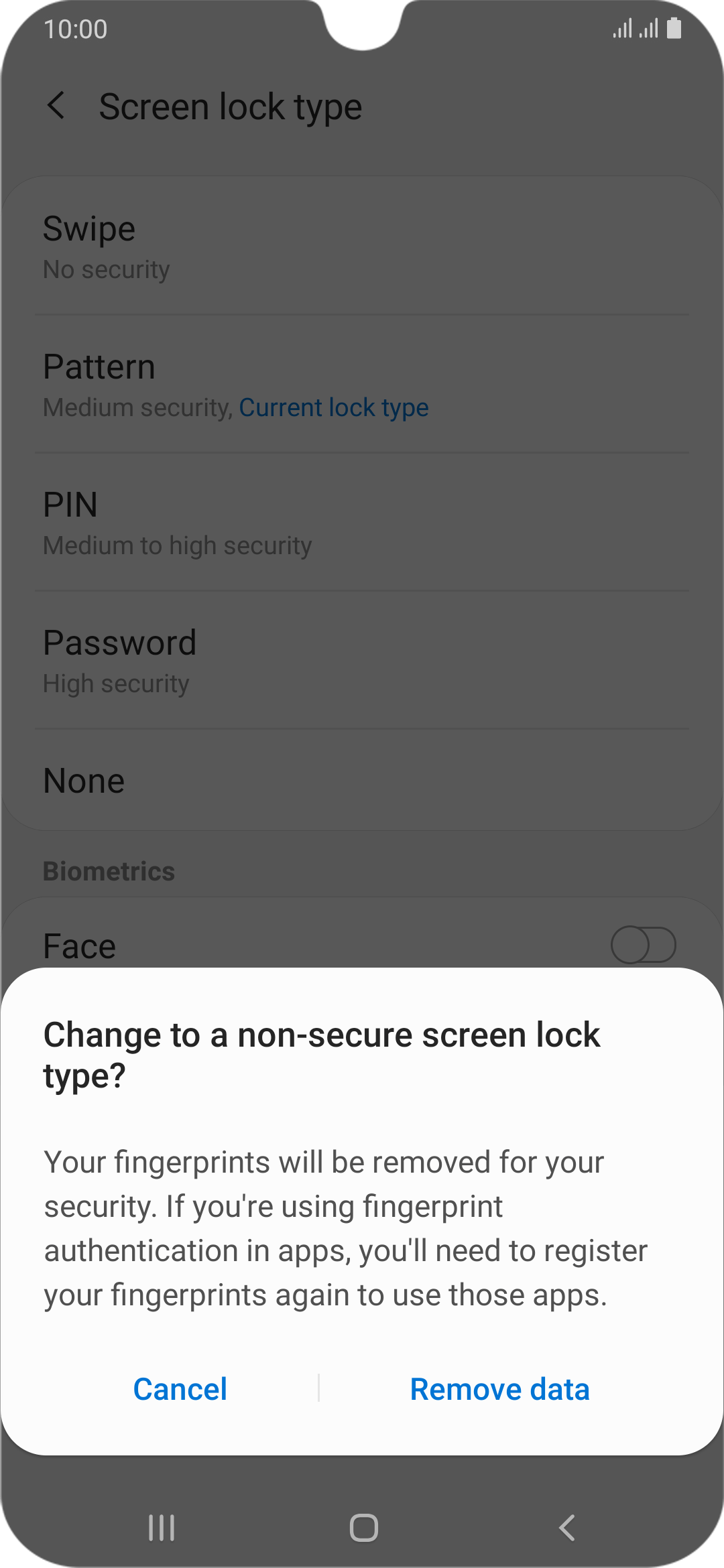

It is particularly interesting because almost everyone has stood on a ladder before, but little thought is usually given to the minimum angle to avoid slipping. This is a good static equilibrium problem. The maximum angle θ can be solved from this. This is the maximum angle θ and occurs when F 1 = F 2. At some angle θ the block will be on the verge of sliding. The maximum friction force opposing the sliding is F 2 = Mgcos θ μ s. The force of gravity pulling down on the block is F 1 = Mgsin θ, where M is the mass of the block. By analogy, we can analyze this as a block sitting on an incline which has friction. The maximum force pushing up the incline is 10 gcos(15°)×0.5+10 gsin(15°).Īnswer: F max = 21.97 N (pushing down the incline), F max = 72.69 N (pushing up the incline) The maximum force pushing down the incline is 10 gcos(15°)×0.5−10 gsin(15°). The maximum force that can be exerted without causing the block to slip is the maximum force that can be exerted without causing the block to slide up the incline. The minimum force required to prevent slipping is the minimum force that will prevent the block from sliding down the incline. Hints And Answers For Friction Problems Hint and answer for Problem # 1 The hints and answers for these friction problems will be given next. For example, if the rope wraps completely around the branch then the angle θ = 2 π. What is the minimum coefficient of static friction between rope and tree branch so that the rope doesn't slip? To solve this consider the general equation T 2 = T 1 e μθ, where T 1 and T 2 are the rope tensions on the two ends (with T 2 > T 1), μ is the coefficient of static friction between rope and tree branch, and θ is the angle of contact between rope and branch, in radians. The children have a mass of 40 kg and 50 kg. Two children throw a rope over a tree branch and hang off each end. What is the minimum force F to overcome friction with the floor? (Answer: 98 N) In the previous problem we are given that the coefficient of static friction between crate and floor is μ s = 0.2. Given that the coefficient of kinetic friction between crate and floor is μ k = 0.1, what is the push force F? (Answer: 49 N)

If the shear strength of each bolt is 5000 lbs and the coefficient of static friction between the boards is μ s = 0.5, what is the maximum force F that can be applied to the boards and not pull them apart?Ī 50 kg crate is being pushed on a horizontal floor at constant velocity.

The squeeze force between the boards is 500 lbs. Two boards are bolted together with two bolts, as shown. What is the minimum angle θ so that the ladder doesn't slip? The coefficient of static friction between the ground and ladder is μ s1 = 0.5, and the coefficient of static friction between the wall and ladder is μ s2 = 0.3. A person of mass m = 75 kg is standing on it. Given that the coefficient of static friction between the sand grains is μ s, what is the maximum angle θ?Ī uniform ladder of length L is leaning against the side of a building, as shown. What is the maximum force pushing down the incline so that the block doesn't slip? What is the maximum force pushing up the incline so that the block doesn't slip?Ī conveyor is dumping sand onto a cone shaped pile. Given that the coefficient of static friction is μ s = 0.5 between block and surface, what is the minimum force F necessary to prevent slipping? What is the maximum force F that can be exerted without causing the block to slip? The required equations and background reading to solve these problems are given on the friction page and the equilibrium page.Ī block of mass M = 10 kg is sitting on a surface inclined at angle θ = 45°. erateFactHandles while iter.On this page I put together a collection of friction problems to help you understand the concept of friction better. WorkingMemory.fireAllRules1 IteratorFactHandle iter = WorkingMemory.toString Just fire the first setup rule: RuleBase.newStatefulSession \nInitial Working Memory:\n\n + RuleBase ruleBase = readRule WorkingMemory workingMemory =

Block world problem code code#
Since we have already seen the definition of the Java POJO classes used in the rules in Section 5.4.1 the only remaining Java code to look at is in the static main method: The default conflict resolution strategyįavors rules that are eligible to fire from data that has most recently changed. The Drools class F if oConf lictResolver is not so well named, but a first-in first- out FIFO strategy is like depth first search.


 0 kommentar(er)
0 kommentar(er)
